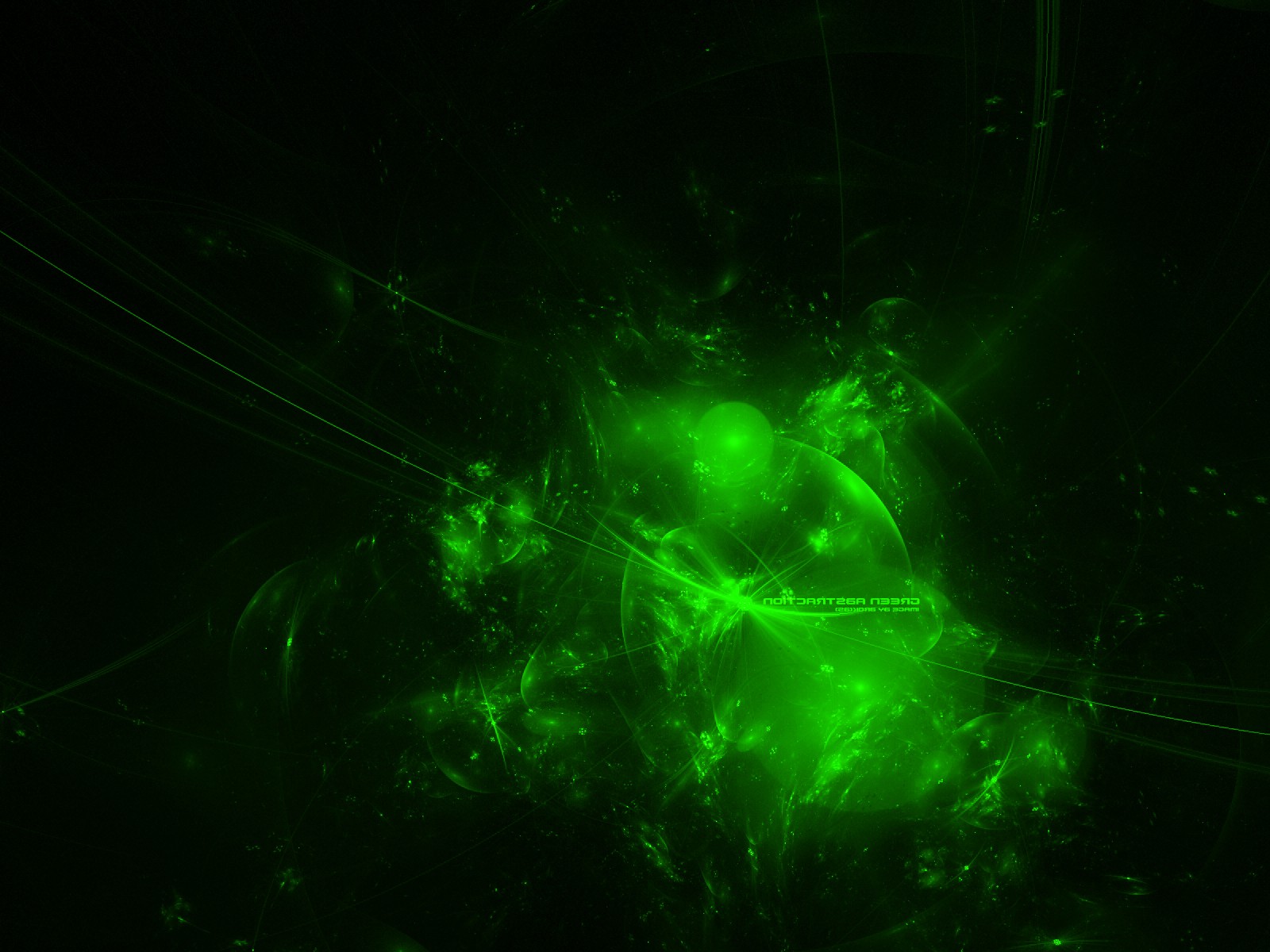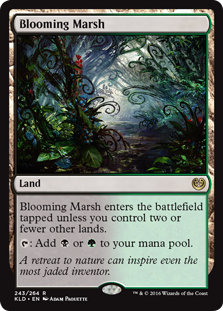

Black green entangler plus#
For the example of superconducting qubits interacting via a transmission line cavity, QOCT has been used to identify the quantum speed limit not only for a single gate but for a complete universal set, i.e., several local plus one entangling gate, and not only for a single choice of system parameters (qubit frequencies and anharmonicities and cavity frequency) but for the complete design landscape. This includes the first direct optimization of the non-analytic gate concurrence. We illustrate and benchmark the use of semi-automatic differentiation for the optimization of perfectly entangling quantum gates on superconducting qubits coupled via a shared transmission line. Thus, our approach eliminates the prohibitive memory and runtime overhead normally associated with automatic differentiation and facilitates further advancement in quantum control by enabling the direct optimization of non-analytic functionals for quantum information and quantum metrology, especially in open quantum systems. The latter is evaluated with automatic differentiation, but with a profoundly reduced complexity compared to the time propagation. The former can be evaluated with great efficiency via a modified GRAPE scheme.

An analytical application of the chain rule then allows to separate the time propagation and the evaluation of the functional when calculating the gradient. Our method is based on formally rewriting the optimization functional in terms of propagated states, overlaps with target states, or quantum gates. The approach allows to optimize practically any computable functional and is implemented in two open source Julia packages, GRAPE.jl and Krotov.jl, part of the QuantumControl.jl framework. We develop a framework of "semi-automatic differentiation" that combines existing gradient-based methods of quantum optimal control with automatic differentiation.


 0 kommentar(er)
0 kommentar(er)
